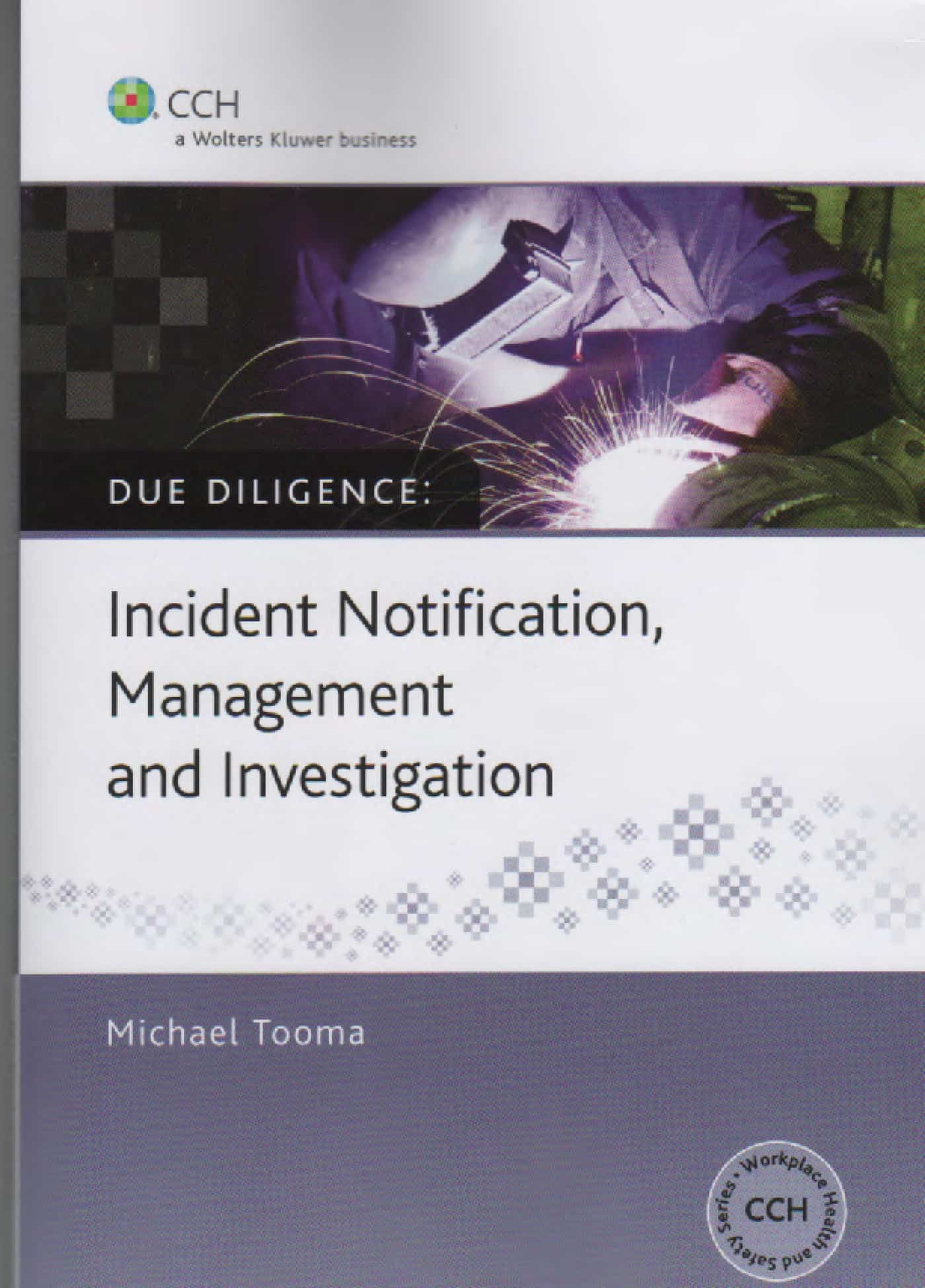On 30 November 2012, SAI Global announced a commercial arrangement with SafetyCulture for the sale of generic Safe Work Method Statements (SWMS), particularly for high-risk industries. This has caused something of a stir with some Australian safety professionals who claim that this runs contrary to good safety practice. The controversy of SWMS in Australia is a hot topic and one that is unlikely to be resolved soon, as it goes to the heart of some of the safety red-tape objections from the business sector.
SAI Global announced:
“SAI Global Limited (ASX: SAI) has signed a distribution agreement with SafetyCulture Pty Ltd one of Australia’s leading providers of Occupational, Health and Safety information and materials, to publish and sell their “Safe Work Method Statements”.
These Safe Work Method Statements, developed by SafetyCulture, are templates documenting procedures and methods for safely executing common tasks and operations on construction sites.
These templates cover a wide range of potentially dangerous tasks and activities which:
- Save construction companies time and effort drafting various OH&S procedures for different applications.
- Are available in Word format and can be easily tailored to meet the requirements for specific construction sites.
- Are based on industry expertise and latest OH&S best-practice for high-risk construction work.”
SafetyAtWorkBlog has written previously about the commercial situation and strategy of SAI Global and its relationship with Standards Australia. SAI Global has always been a commercial organisation that has marketed the work undertaken by Standards Australia. This has never sat well with many safety professionals as some, including SafetyAtWorkBlog, have argued that any Standards referenced in workplace safety legislation should be free or at a reduced cost due to their role in preventing incidents and harm. Continue reading “Safe Work Method Statement templates cause concern”

